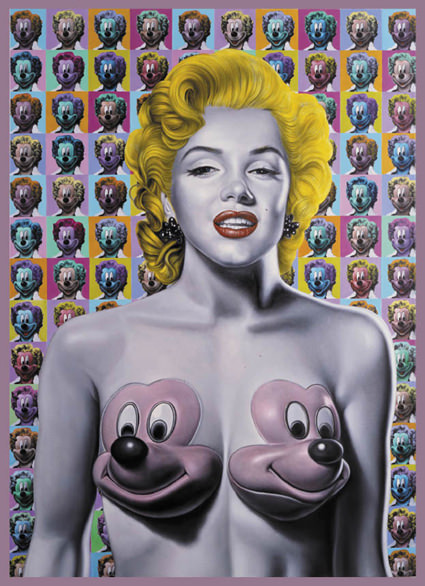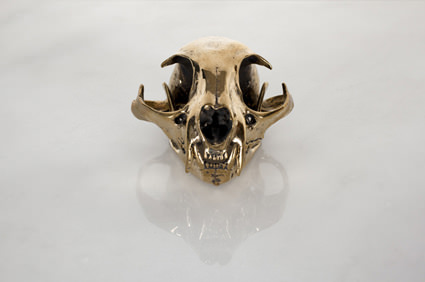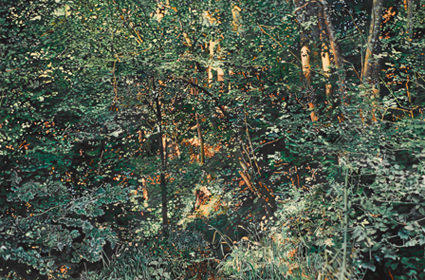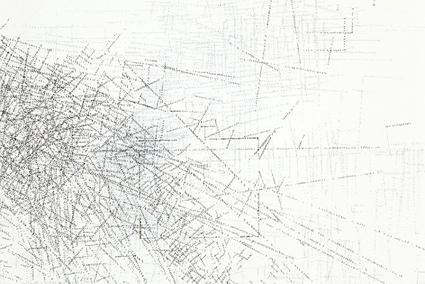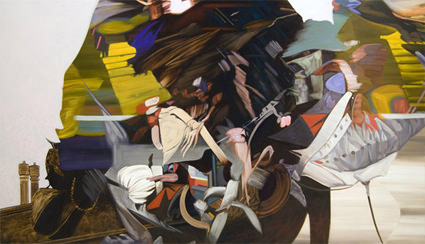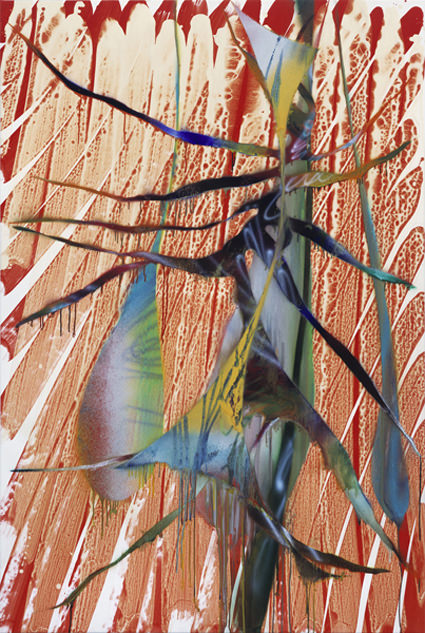RON ENGLISH – SKIN DEEP
2011-06-13Painter, Pundit and Prankster Ron English presents Skin Deep, an exploration of the intersections, discrepancies and synchronicities of personal mythologies on display in our public personas. The exhibition presents multi-layered portraits of some of his most iconic characters, tracing the arc of their inner lives.
Often using his children as models, English chronicles the soul’s sojourn through Pop dioramas of fear and appetite, aspiration and rage. While paying homage to the great art before him, English maintains his very personal point of view, transforming the public to intimate and the universal to specific.
Using a mixture of imagery, medium and process referenced from great masters such as Warhol, Pollack and Picasso, combined with irreverent cherry-picking of populist totems from fast food to cartoons, English creates complex running narratives of his many alter-egos butting headfirst into the Grand Illusion, where unstated cultural norms are exposed and analyzed.
Exhibition runs from June 24th to July 21st, 2011
Lazarides
11 Rathbone Place
London
W1T 1HR
